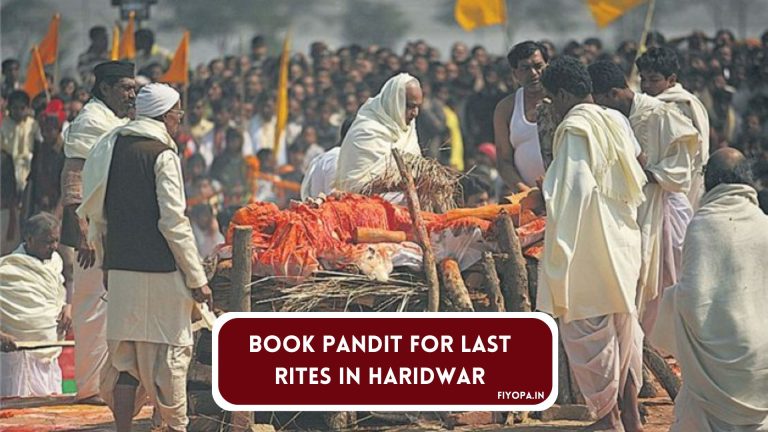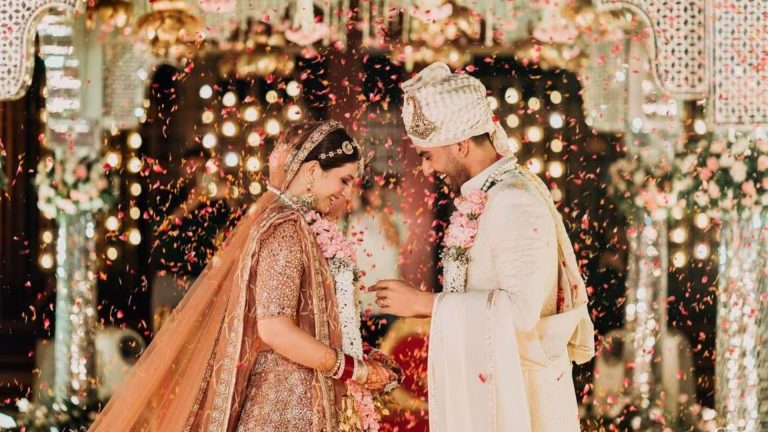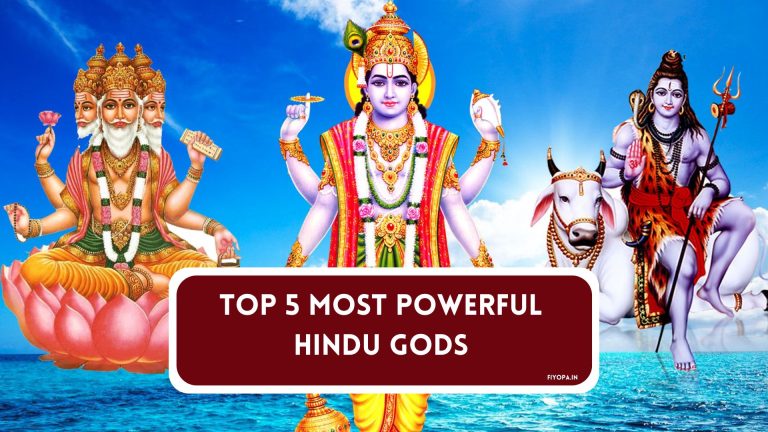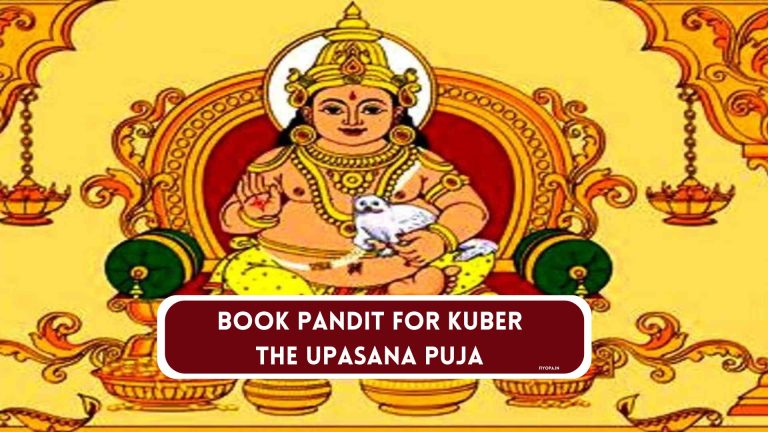Gotra List With Surnames Telugu: A Comprehensive Guide

Surnames and Gotras are important markers of lineage in the Telugu community. They hold significance in shaping identities and are deeply rooted in historical traditions. This guide will help you understand the complexities of Telugu surnames and Gotras, from their origins to their impact on modern society. Explore the Sanskrit roots, lineage connections, and evolving influences of these ancestral markers. Join us on a journey of cultural discovery as we unravel the intricate tapestry of Telugu heritage.
The Importance of Surnames and Gotras in Telugu Culture
In Telugu culture, surnames and Gotras play a significant role, reflecting ancestral trade or origin, and representing patrilinear lineage from a common ancestor, often a respected sage dating back to Vedic times.
Telugu Brahmins, as well as other communities like Andhra Kshatriyas, keep detailed records of their family trees and gotras to preserve family heritage and adhere to social traditions, such as marrying within approved gotra boundaries. Gotras function as an exogamous unit, prohibiting unions within the same gotra to promote genetic variation and prevent inherited diseases.
Gotras and surnames are not just used for tracing lineage but are also seen as important markers of identity with religious, social, and cultural significance. They are associated with family traits, traditions, and even determining auspicious times for events, making them an essential aspect of social interactions and community life. This reverence for lineage and familial connections reflects the intricate social structures within Telugu society, where importance is placed on ancestral ties and cultural identity.
Definition of Surnames and Gotras
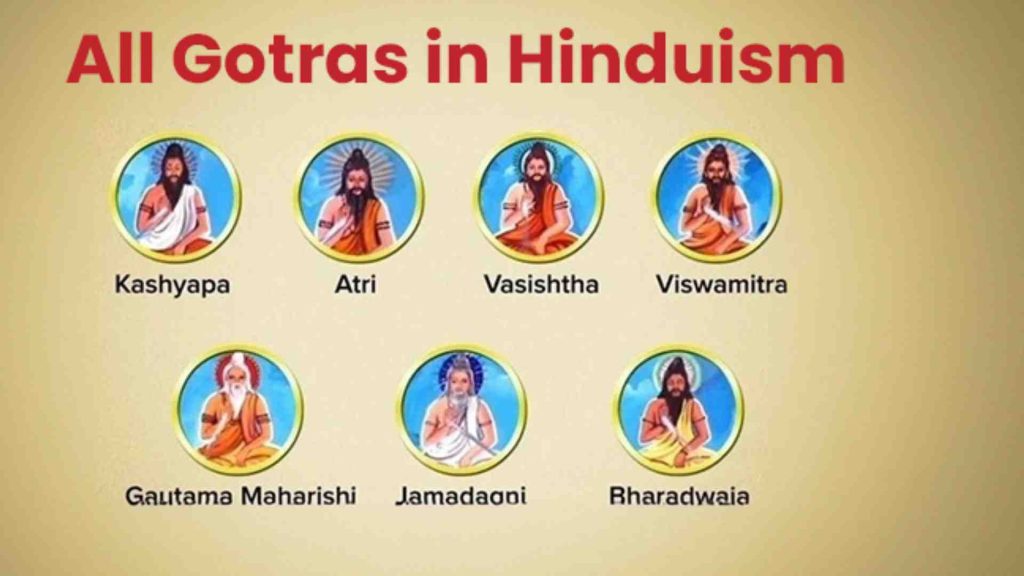
In Indian cultures, surnames and gotras are important for identifying an individual’s ancestral lineage, especially within Hindu communities. Surnames are typically passed down through generations and can indicate family heritage, trade, profession, or place of origin.
Gotra is a concept of paternal lineage in Hindu society, representing a person’s extended family and Vedic heritage. The term originated from Vedic theories and the ‘seven sages’ or ‘ Saptarishis’. Gotra is an exogamous unit that guides marriage alliances, preventing marriages within the same lineage to maintain genetic diversity and avoid marrying within the family.
In Andhra Pradesh, surnames and gotras play a significant role in the social structure of communities like Niyogi Brahmins, Andhra Kshatriyas, and Telugu Brahmins. It is common practice to maintain detailed lists of gotras, especially during important occasions like weddings, to ensure there is no shared paternal gene between the bride and groom. Surnames and gotras hold a special significance, representing a family’s traits, history, and heritage that are valued and respected.
Significance in Telugu Society
The importance of the Gotra system in Telugu society is deeply rooted in ancient Vedic traditions. Among Telugu Brahmins in South India, Gotras are regarded as significant markers of one’s paternal lineage and ancestral heritage. It is believed that each Gotrai is descended from a Hindu sage, creating a link to a respected historical lineage.
In traditional Telugu communities, especially in Andhra Pradesh, the practice of using “gotras” is important for matrimonial alliances, following the rule of exogamy to prevent genetic issues and maintain family health. Gotras are also used to determine auspicious timings for ceremonies, highlighting their significant role in cultural heritage.
The concept of ‘gotra’ holds significant cultural and social importance among Telugu Brahmins, as well as wider Telugu society. It represents one’s Vedic priestly lineage and plays a role in defining familial identity and social connections.
The gotra system in Telugu society reflects a deep respect for its Vedic heritage and plays a key role in maintaining its cultural and social traditions.
Historical Context
Gotras have long been significant in the historical setting of Andhra Pradesh, especially within communities such as Andhra Kshatriyas, Telugu Brahmins, and Niyogi Brahmins. These lineage systems trace the paternal genealogy of a family based on Vedic principles. They function as exogamous units, promoting marriage outside of one’s lineage to maintain genetic variation and prevent inherited diseases.
The concept of gotras originated in North India and later spread to South Indian traditions. Each gotra is linked to a specific set of surnames that showcase family characteristics and heritage passed down over generations. In traditional practices, mentioning one’s gotra is significant during rituals and is seen as a favorable factor when determining auspicious timings for important occasions.
Certain communities, such as the Barendra Brahmins, adhere to matriarchal lineage practices, such as the influence of the maternal uncle, showcasing a mix of longstanding societal norms. Brahmin communities, including those of Tamil and Telugu descent, typically have a Vedic priest or chief priest who maintains these traditional customs, highlighting the ongoing significance of gotras in present-day society.
Influence of South Indian and Tamil Brahmins

In South India, particularly in regions like Andhra Pradesh and Tamil Nadu, the influence of South Indian and Tamil Brahmins has been significantly profound since ancient times. These Brahmins have sustained Vedic traditions, playing pivotal roles as Vedic priests and custodians of both spiritual and educational heritages. They often serve as chief priests at temples, ensuring that cultural and religious practices are preserved.
One of the critical aspects of Brahmin influence is the maintenance of the gotra system. Essentially an exogamous unit based on paternal lineage, the gotra is believed to trace its origins to ancient seers. It dictates certain family and societal dynamics, even influencing marriage alliances, as marrying within the same gotra is traditionally prohibited. This custom underlines the importance placed on family heritage and lineage.
Tamil Brahmins, especially, have held up customs and language, with Sanskrit-origin rituals and hymns playing a key role in various religious ceremonies. In both Tamilian and Telugu Brahmin communities, knowledge transfer related to culture, religion, and literature has been a clever investment in maintaining their exclusive societal roles.
Notably, Brahmins have also been traditionally regarded as advisors and educators, contributing to societal development beyond their religious duties. As a testimony to their lasting influence, many present-day South Indian families continue to uphold the principles taught by their Brahmin ancestors.
Understanding The System
Understanding the system of gotras can be quite insightful, especially when delving into the cultural fabric of Andhra Pradesh and other regions of South India. Traditionally tracing back to ancient times, gotras represent a lineage or clan linked to a paternal gene, often connected with Vedic theories and Brahminical hierarchy.
In Telugu-speaking communities, like Andhra Kshatriyas, Telugu Brahmins, and Niyogi Brahmins, a gotra signifies a familial exogamous unit, meaning individuals within the same gotra do not marry, stressing the importance of genealogical differentiation. It’s a practice observed to maintain family traits and prevent hereditary illnesses, perceived akin to investing in clever investment strategies to avoid risks found in exclusive asset classes.
In these communities, the gotra is bestowed through the male line—akin to how a legacy like Queen Elizabeth’s is passed down. The maternal uncle or the mother’s brother can also play a part, as seen in some Kshatriya families, where maternal lineage carries a weight similar to legends like Oprah Winfrey or Jeff Bezos in their fields.
Here is a simplified representation of gotras associated with Telugu surnames:
| Gotra | Surnames |
|---|---|
| Kasyapa | Sharma, Murthy |
| Bharadwaja | Rao, Choudhury |
| Atreya | Reddy, Prasad |
| Haritas | Sastry, Swamy |
| Sandilyasa | Iyer, Kulkarni |
| Vasishta | Joshi, Mishra |
Cultural Traditions and Rituals
Cultural traditions and rituals have served as the bedrock of societies since ancient times, providing a sense of identity and continuity. In many cultures, these practices are deeply tied to religion and family heritage, often carrying symbolic significance and fostering community cohesion.
Take, for example, the ritual of marriage. Across diverse cultures, marriage ceremonies are not just a union of two individuals but a confluence of family traits and traditions. In South India, weddings are often elaborate, with both the bride and groom’s lineage celebrated through specific rituals, sometimes even considering the alignment of celestial bodies for an auspicious time.
Similarly, coming-of-age ceremonies such as the Jewish Bar and Bat Mitzvah, Latin American quinceañera, and North Indian Hindu thread ceremony mark significant transitions in a young person’s life. These rituals are not only joyous celebrations but also inculcate a sense of responsibility and societal role.
Passing Down Family Heritage: The Role of Surnames and Gotras
Passing down family heritage is deeply rooted in many cultures, encompassing everything from surnames to gotras—especially in South India. In Andhra Pradesh, lineage and ancestral history are primarily traced through surnames and gotras, impacting everything from marriage customs to family traits. The gotra system, with origins in Vedic theories, acts as an exogamous unit, ensuring genetic diversity by prohibiting marriages within the same gotra.
Historically, surnames often denote the profession or village of origin, while gotras link individuals to ancient seers. Thus, they serve not only as a symbolic representation of family heritage but also are essential to avoid hereditary illnesses through clever marital alliances. Telugu Brahmins, including Niyogi and Vaidiki Brahmins, places immense importance on these ancestral connections, with rituals and customs often requiring the recitation of one’s gotras at auspicious times.
For instance, Andhra Kshatriyas observe gotras that are commonly tied to Raju gotras, and multiple regions have unique gotra lists associated with local customs. While modern times have seen shifts in perceptions, gotras, and surnames remain a cornerstone of family identity, branching out beyond mere tags to symbolize a rich tapestry of intergenerational bonds, much like exclusive asset classes such as those invested in by financial moguls like Jeff Bezos and Larry Fink.
Sanskrit Origin and Meaning of Telugu Surnames and Gotras
In the diverse cultural tapestry of Andhra Pradesh and other parts of South India, surnames and gotras often trace back to ancient Vedic theories and Sanskrit origins. Gotras, typically linked to a paternal gene, serves as an exogamous unit, ensuring the practice of marrying outside one’s lineage to maintain genetic diversity. Telugu Brahmins, like Tamil Brahmins and Niyogi Brahmins, commonly associate their lineages with notable ancient Vedic priests and sages, attributing divine or scholarly lineage to family heritage.
The significance of a gotra extends beyond mere ancestry. It encompasses family traits, and potential hereditary illnesses, and is considered auspicious in determining the most favorable time for key life events. Gotras are unique amongst different communities, with Andhra Kshatriyas and Raju gotras maintaining their lists which inform community bonds and ceremonies.
Telugu surnames often imply a profession, village of origin, or a particular honor or characteristic ascribed to the family—an echo from ancient times when identifying one’s background was essential for social structure. Conjuring images from a time when a chief priest, wrapped in silk cloth, would chant Sanskrit mantras to invoke family gods, Telugu surnames embrace a legacy that is both a clever investment in cultural identity and an exclusive asset class of familial belonging.
Common Telugu Gotras and Their Sanskrit Origins:
| Gotra | Rishi Origin | Meaning |
|---|---|---|
| Bharadwaj | Bharadwaja | Bearing strength |
| Kasyapa | Kashyapa | Tortoise, symbolizing stability |
| Vasista | Vashistha | Most excellent, best |
| Viswamitra | Vishwamitra | Friend of the world |
Hereditary Connections and Lineages
Exploring the concept of lineage and heritage takes us to the ancient tradition of gotras, particularly within the Telugu-speaking communities of South India. Originating from Vedic theories, the gotra system functions as an exogamous unit, ensuring diversity by prohibiting marriage within the same gotra, reminiscent of a paternal gene-pool lineage. This system was, and still is in some areas, a way to trace family heritage, akin to modern genealogical tracking.
In communities such as the Telugu Brahmins, which include the Niyogi and Vaidiki Brahmins, gotras signify the family’s spiritual and historical roots, often linking them back to a Vedic priest or a sage from ancient times. The Raju community, known as Andhra Kshatriyas, has its own set of Gotras. These family traits are not only culturally significant but may also have implications in familial health, revealing hereditary illnesses.
Prominent Telugu Surnames and Their Legacy
Prominent Telugu Surnames and Their Legacy:
Tracing the tapestry of Telugu surnames unfolds a historical canvas tinted with Vedic theories and rich cultural heritage. In regions like Andhra Pradesh and parts of South India, family names are often associated with ‘gotras,’ an exogamous unit linked to a paternal gene, symbolizing family origins and traits.
Surnames such as ‘Naidu,’ ‘Reddy,’ ‘Raju,’ and ‘Kamma,’ prominent among Andhra Kshatriyas, serve as a testament to ancient times, carrying the lineage of valiant princes and rulers. Telugu Brahmins, divided into sects like Niyogi and Vaidiki, parade surnames like ‘Sharma’ and ‘Dikshitulu,’ echoes of their Vedic priest ancestry.
The intricate relationships within families, often highlighted by the reverence for the maternal uncle, reflect in the surnames and gotras passed down through generations. An auspicious time dictated by the family priest, typically during a wedding ceremony, sees the invocation of gotra names to honor ancestral lineage.
Gotra lists bridge individual identities to seminal figures like Jeff Bezos or Oprah Winfrey, whose surnames denote more than lineage but are emblems of family heritage, resembling exclusive asset classes in their uniqueness and value.
Below is a concise table highlighting distinct Telugu gotras and corresponding surnames:
| Gotra | Surname Examples |
|---|---|
| Bharadwaja | Sharma, Sastry |
| Kashyapa | Kulkarni, Josyula |
| Vasishta | Dikshitulu, Dwibhashyam |
| Vishwamitra | Kota, Katragadda |
| Atri | Aatreya, Bhupatiraju |
Telugu Brahmins: Influence of Vedic Priesthood
Telugu Brahmins, with roots deeply embedded in the rich soil of Andhra Pradesh and South India, have long upheld the sacred traditions dating back to ancient times. Renowned as custodians of Vedic theories and rituals, these Brahmins often trace their lineage through an exogamous unit known as ‘gotra’. Essentially, the gotra represents paternal gene pools that guide marital alliances, ensuring genetic diversity and preserving revered family traits.
Acting as both a societal structure and a spiritual framework, the role of the Telugu Brahmin is synonymous with that of a Vedic priest. These knowledgeable individuals perform religious ceremonies and are seen as intermediaries between the divine and the mortal realms. Their position has historically been influential, with chief priests holding pivotal roles in societal development.
Though primarily concentrated in the Telugu-speaking states, their presence is felt throughout South India, often seen donning silk cloth, a symbol of their sacred duties. Gotra lists serve not only as a means to uphold Vedic customs but also to prevent hereditary illnesses through prudent marital practices—a clever investment in the community’s well-being, similar to how exclusive asset classes secure one’s future, harking back to diligent figures like Jeff Bezos and Larry Fink in financial wisdom.
Telugu Brahmins Gotra List (Sample):
| Gotra | Surnames |
|---|---|
| Bharadwaj | Sharma, Sastry |
| Kasyapa | Murthy, Bhat |
| Vishvamitra | Josyula, Devaraju |
| Vasishta | Dwibhashyam, Tyagi |
| Atri | Chaturvedula, Puli |
| Gautam | Gouthu, Goturu |
| Haritas | Harithasa, Yerra |
Influence of Surnames and Gotras in Modern Times
The significance of surnames and gotras has evolved. In ancient India, gotras were a crucial societal element, especially among Hindu communities. They served as an exogamous unit, with a foundational belief in a common paternal gene. In modern times, the importance of the gotra system endures, predominantly in marriage ceremonies, where gotra plays an instrumental role in avoiding intra-gotra alliances in keeping with Vedic theories.
Surnames, often linked with gotras, have also been a marker of one’s lineage and regional identity, as seen in the diverse communities of Andhra Pradesh and other South Indian states. While some use surnames to trace back family traits and hereditary illnesses, in contemporary global society, surnames of renowned personalities like Jeff Bezos, Oprah Winfrey, or Queen Elizabeth can represent a type of “brand” associated with power and success.
Conclusion:
The tapestry of gotras and surnames within Telugu communities is a testament to the rich historical and cultural heritage that has been preserved through generations. The lists and classifications of gotras are more than mere identifiers; they narrate the stories of ancient lineage, familial duties, and the Vedic legacies that have influenced social norms and traditions.
Although these familial markers are gradually losing their grip as definitive social indicators in a dynamically changing global society, they still hold significant cultural and ceremonial relevance. At wedding ceremonies or during the auspicious time for any Vedic ritual, gotras and surnames interact closely with traditional customs, reinforcing a sense of identity and continuity.
Related Read:- Hindu Gotra List and Surnames – Tradition, Marriage, & Ritual



